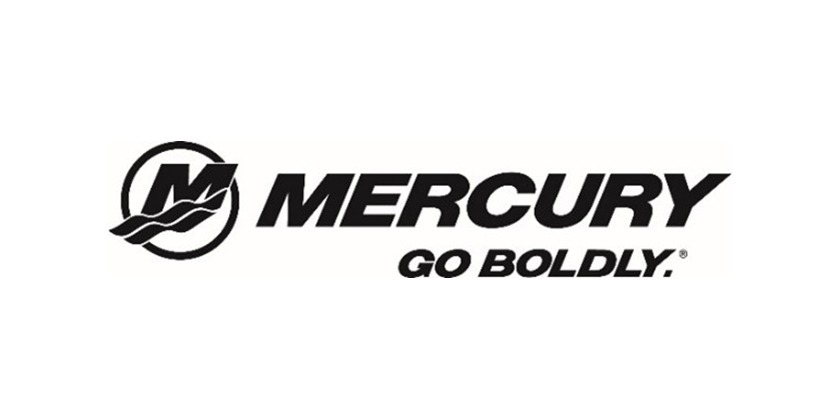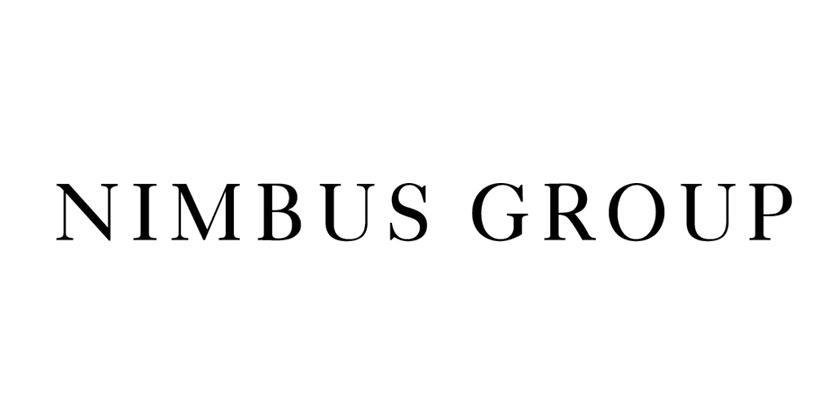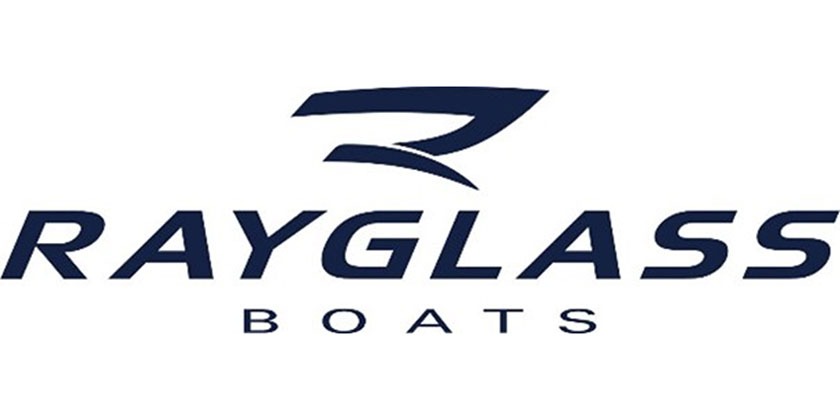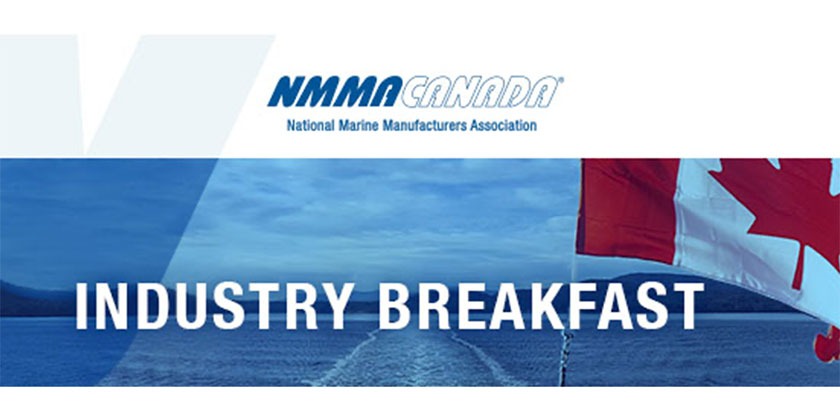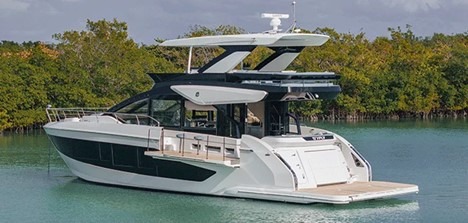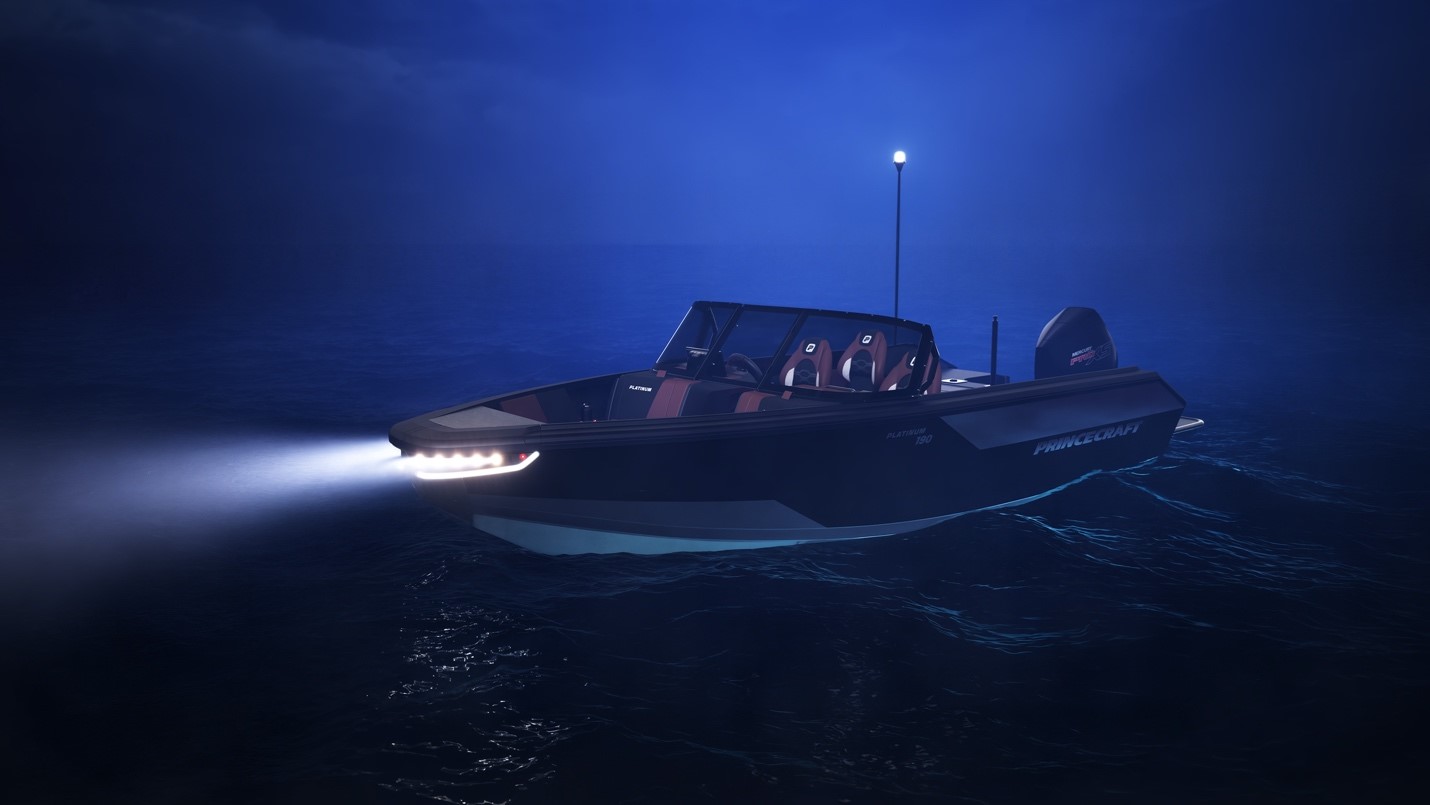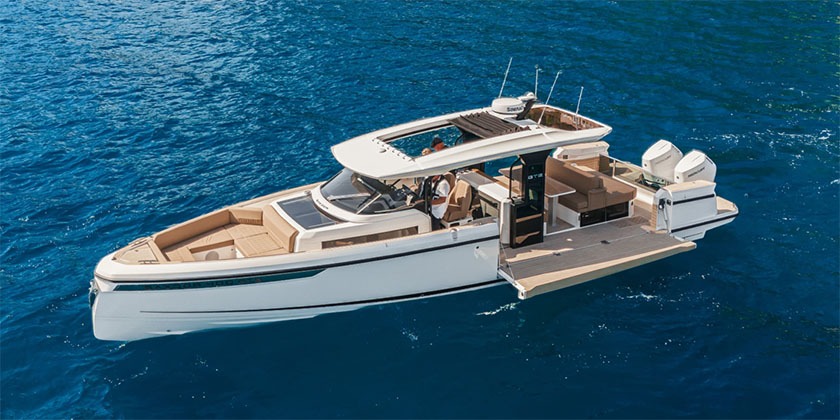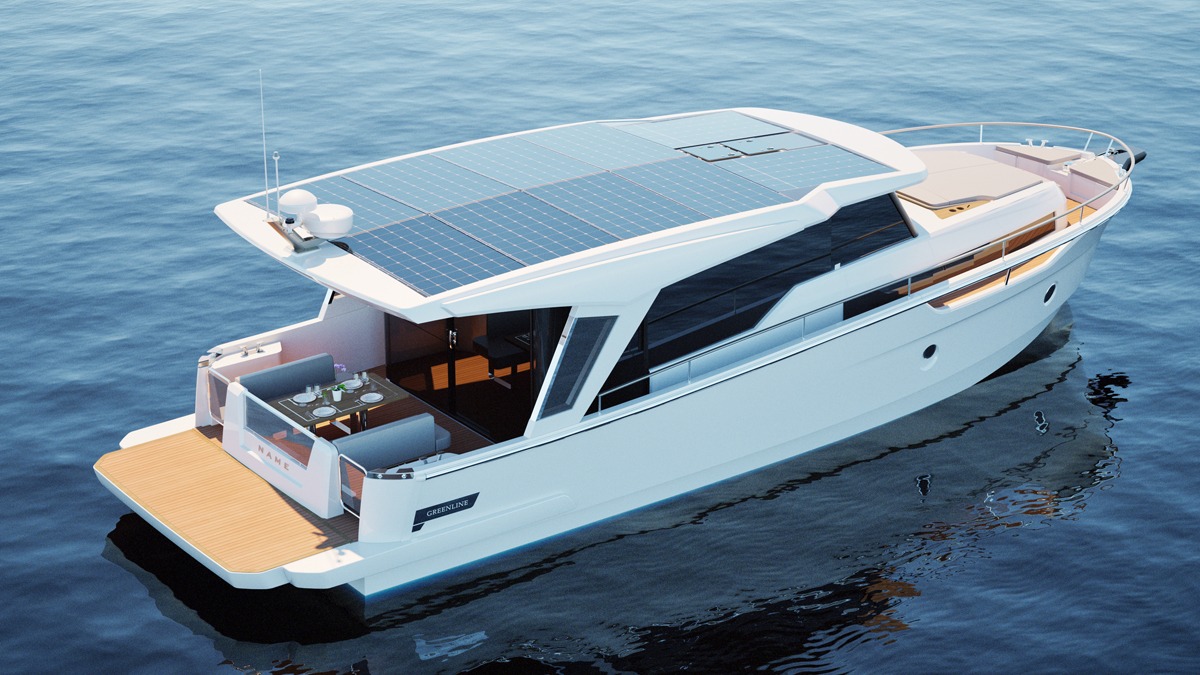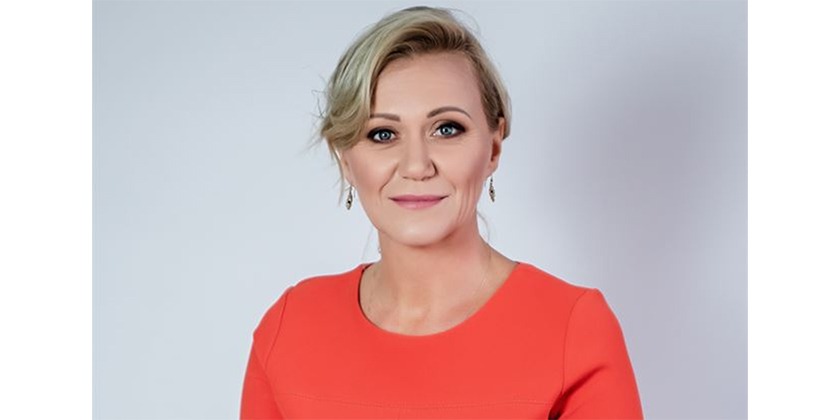7 STEPS TO SETTING THE RIGHT PRICE FOR YOUR PRODUCTS OR SERVICES
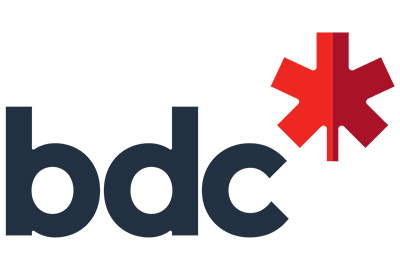
July 7, 2020
BDC sent this June 16
Read time: 8 minutes
Calculate your costs and differentiate your business
Share
Are your sales volumes growing, but you can’t seem to turn a profit? Or maybe you’ve got a great product but sales just aren’t picking up? It could be you have a problem with your pricing strategy.
Pricing affects both your overall profitability and how your company is positioned and perceived in the marketplace. It’s also one of the key factors you need to get just right for your company to succeed.
BDC Senior Business Advisor Alka Sood says there are seven key steps entrepreneurs can follow to establish a pricing approach that works for their business.
1. Calculate your direct costs
Direct costs include the cost of raw materials, including duty, freight or shipping charges, plus direct labour costs that are incurred to produce a product or provide a service.
2. Calculate your cost of goods sold or cost of sales
The cost of goods sold or the cost of sales represents the cost of producing a product or providing a service that is ready for sale.
If you’re a retailer or a manufacturer, your “cost of goods sold” include your direct costs plus other costs such as general supplies, freight and factory overhead that are incurred to produce and deliver the product to your customer. If you’re a transporter or wholesaler, your “cost of sales” would include your direct costs plus other costs such as labour and equipment costs and facility costs if there is a warehouse or garage for instance.
A simple way to calculate cost of goods sold is to add up your raw materials or product costs, wages, benefits, amortization expenses and factory overhead.
Amortization expenses, also known as depreciation, relate to the cost of equipment and facilities that are used in the production and delivery of services provided to your customers.
Factory overhead may include such items as utilities costs and supervision. Leave out costs associated with marketing, selling or administration.
Cost of goods sold = Raw material costs + Cost of labour + Amortization expenses + Factory overhead
For a wholesaler/distributor, the cost of sales includes the costs of buying the products from a manufacturer plus the labour and amortization costs you incur to handle, store, and deliver the product to your end customer—the retailer.
Cost of sales = Cost of products + Cost of labour + Supplies + Amortization expenses + Facility overhead
Subtract your cost of goods sold or your cost of sales from your total revenues to calculate gross profit. Gross profit represents the amount of money that is left to spend on marketing, selling and administration and earn a profit. Gross margin is a related term and is gross profit as a percentage of revenues.
Gross profit = Total revenue – Cost of goods sold
Gross margin =
Gross profit
Revenues x 100
3. Calculate your break-even point
Most business owners have a good sense of other costs that they need to recover when selling a product or service—but they don’t always factor the overhead costs that ultimately affect profitability.
These include the costs of running a business and going to market regardless of your manufacturing or sales volumes. Overheads are typically referred to as “fixed costs” because these costs do not necessarily increase (or decrease) if volume increases (or decreases). You need to include these indirect costs to calculate your break-even point accurately.
“Say you run a lawn maintenance company,” says Sood. “Your direct costs are things like what you pay your staff, fuel costs or parts for providing the service. But you also have to consider things like travel between sites, time spent repairing and maintaining equipment, accounting services, and so on. If those costs aren’t factored into your price, you could end up losing money even though you have revenue coming in.”
Examples of indirect fixed costs (also referred to as overhead costs) include selling, general and administration expenses such as:
• Salaries and benefits of office staff
• Marketing and advertising
• Rent or mortgage and property taxes
• Depreciation (office equipment)
• Insurance and professional fees
The break-even point is the amount of sales dollars you need to generate to recover all your expenses and have a profit of $0.
Break-even point =
Indirect fixed costs
Gross margin
Example
Let’s say ABC Co. earned $100,000 in revenue by selling 10,000 units at $10 per unit. And imagine the company has a gross margin of 65% and indirect fixed costs of $25,000.
In dollars, ABC Co.’s break-even point is:
Indirect fixed costs ÷ Gross margin = Break-even sales
$25,000 ÷ 65% = $38,461
Once the company sells $38,461, it will pay for its cost of goods sold as well as its indirect fixed costs. But it will not earn a profit at this level of sales.
In units, the break-even point is:
Break-even sales ÷ Selling price = Break-even units
$38,461 ÷ $10 = 3,846 units
Once the company sells 3,846 units, it will break even. Any sales beyond this volume will build profit.
4. Determine your markup
The markup is expressed as a percentage of cost of goods sold or cost of sales. It is set to try and ensure that a company receives a high enough gross or profit margin to be able to pay for its indirect fixed costs while also earning a target profit.
Furthermore, markups are normally used in retail or wholesale businesses as an easy way to price items when a store contains several different types of products. With information on your cost of goods sold and break-even point, you can decide on the size of your markup. Markups are the amount you add to your cost of goods sold or cost of sales to determine the price of a product or service.
Gross profit per unit
Cost of goods sold per unit
x 100
To calculate your markup, first set a target number of units you expect to sell and determine an average cost per unit.
Example
Let’s say ABC Co. has overhead costs of $25,000 and is targeting an operating profit of $10,000. They also expect to sell 3,000 units, which is below their break-even volume if the selling price is $10.00 per unit. The cost of sales is $3.50 per unit; therefore the gross profit is $6.50 per unit (i.e., $10.00 price less cost of sales of $3.50). This means that they have to have a higher price and now need to recalculate their markup to ensure that they earn their target operating profit as well.
Step 1—Calculate the current markup per unit:
Price – Cost of goods sold per unit
Cost of goods sold per unit
x 100
($6.50 ÷ $3.50) X 100 = 186%
Step 2— Calculate the new price:
Cost of goods sold + Overhead cost + Target operating profit
Anticipated volume
[($3.50 x 3,000 units) + $25,000 +$10,000] ÷ 3,000 = $15.17 per unit
ABC company needs to set a price of $15.17/unit.
The new markup is 333%.
Price per unit – Cost of goods sold per unit
Cost of goods sold per unit
x 100
($11.67 ÷ $3.50) x 100 = 333%
5. Know what the market will bear
Sood says it’s important to remember that you can’t choose your markup based on math alone.
“If your competitors all have lower profit margins and you offer a higher price that would give you a higher margin, you could lose sales,” she says. “How much you can charge depends on your strategic position in the market.”
She notes the importance of deciding ahead of time how you want to be positioned.
“If you want to be an exclusive provider of a specialty product or service, you’re probably aiming to sell at a lower volume but for a higher price,” Sood says. “If you’re looking for high-volume sales because you are offering commodity goods, you’ll have to keep your prices low to compete.”
Sood has seen commodity companies sell huge volumes of product and generate millions in gross profits but with single digit gross margins, while niche companies with lower sales have posted gross margins of 60% or more.
Pricing a product can be different than pricing a service. A product is tangible. Your customer can see it, so the value is visible. With a service, there’s lots that goes into providing the service that your customers don’t see. Make sure your prices reflect the real value you’re delivering.
Alka SoodBDC Senior Business Advisor
6. Scan the competition
Because your competitors’ prices can have a direct impact on what you’re able to charge, Sood says it’s key to know your marketplace.
“Learn everything you can about your competition, what they’re offering and their prices,” she says. “That will give you a sense of the going rate and can also give you some ideas about how to differentiate.”
She gives the example of a snowplowing company. One that has already paid off all its equipment may be able to charge lower rates than competitors that haven’t. So if you can’t compete on cost, you may instead want to offer better service.
“You could charge more but with the promise that you’ll plow sooner than anybody else,” she suggests. “But be careful, even if you say you’re charging a small premium for better service, your customers could expect the moon. On the other hand, if you charge really low prices, you may still find customers trying to negotiate you down even more.”
7. Revisit your prices regularly
The business environment is constantly changing, and that can affect your goals and margins. Sood notes that annual budget setting is a good time to look at how your costs for inputs, energy, labour, interest rates, taxes and more may be increasing.
If you do raise prices, it’s good practice to personally explain to your customers the reasons why. They won’t be thinking about your costs, only the product or service. Let them know which costs have increased for you and what’s reflected in the increase. If you haven’t had a price increase in a few years, remind them of that.
“And keep looking at what the competition is doing,” she says. “If everybody else is increasing what they charge, there’s no reason why you shouldn’t, too.”






